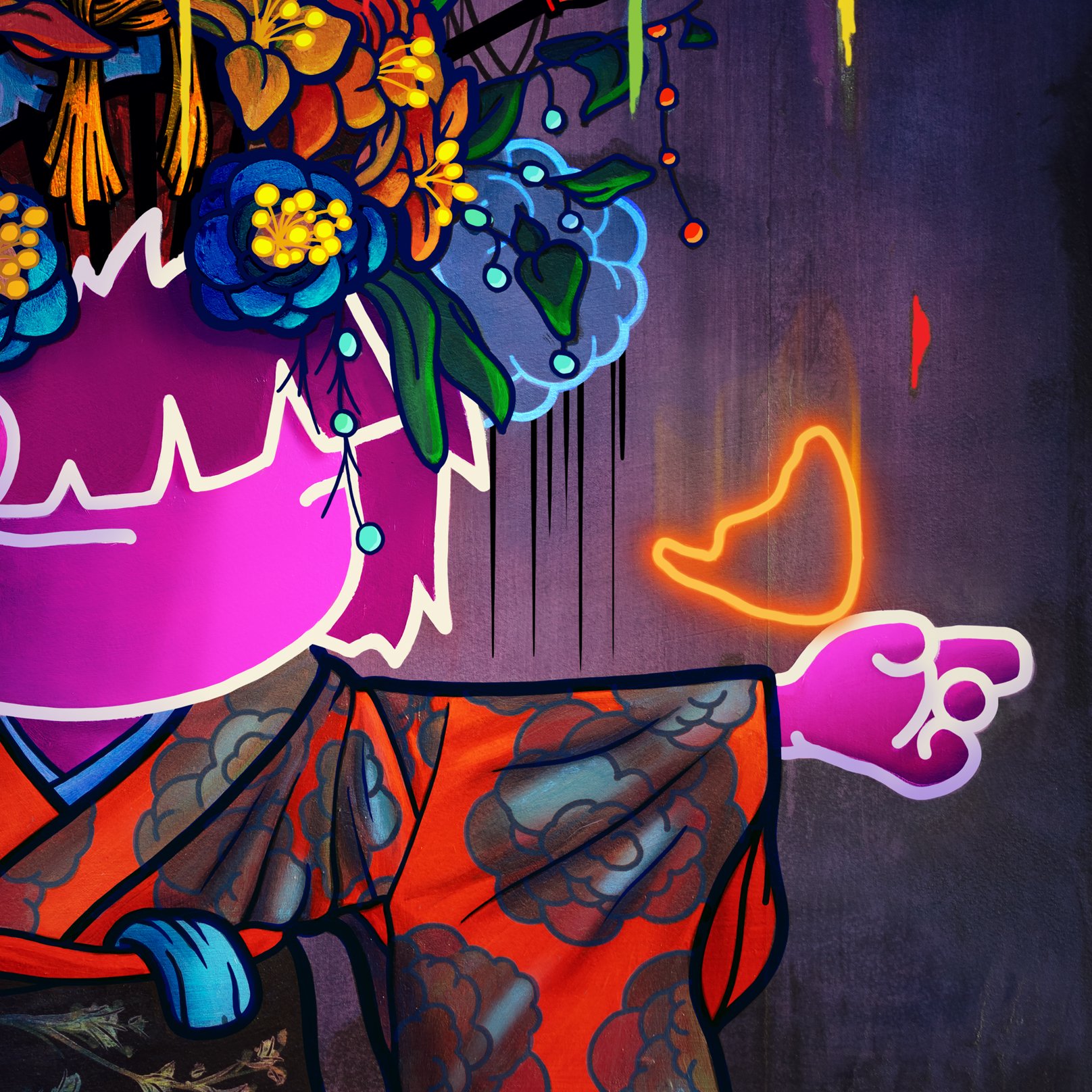Some sentences contain more than they should. Some sentences are keys. When my eldest daughter was about five, she drew a picture of the Earth and wrote—without hesitation—“I made the world and everything in it.” It lived on our fridge for four years before being buried in a random-object-nightmare-box we still haven’t unpacked since moving house.
It struck me then, and still does, as something quietly profound. In fact, it positively hummed with meaning and unlocked a room of thought into which I have found myself wandering a lot over the last seven years. It wasn’t boastful or imaginative—it was simple, matter-of-fact. Like she was stating a law of nature that had not yet been questioned.
I’m aware, of course, of the annoying smugness involved in treating her doodle like a divine revelation, but you can’t choose where these things come from. This one just happened to come from my (quite obviously genius) daughter. It may, of course, turn out that she overheard it on Cocomelon—in which case I will petrol bomb that particular mind-room and seal it forever.
Anyway—let me think this through out loud, so I can stop boring my wife to death about it…
For a child, the world is shaped entirely from within. The self is the centre of gravity. Meaning begins where attention lands. But as we grow, a crack opens: the realisation that we are not the centre after all. That the world is vast, indifferent, full of stories we didn’t write. And yet, curiously, that realisation brings us somewhere familiar—because what we experience is still shaped from within. Our memories, values, relationships, and myths—all of them build the world we move through, whether we know it or not.
Did I have all of this in mind when I started painting? I’m not sure. I often plan things carefully before I begin—but this one, I just started.
Megan is still, holding out her hand as a butterfly lands—a symbol of memory in this world. She doesn’t want to scare it off. Behind her, her shadow self is held in check: unclear in its motive, but active. And behind that, one of the mysterious Burobbu appears alarmed—perhaps restrained by forces it once commanded? Perhaps afraid of what the memory might unravel?
Nothing is moving, yet everything is tense. This is the moment before the moment. A child holding creation. A god being held back. A shadow waiting to be understood. And across it all, brightly coloured rain—like scratches in the fabric of becoming—marks the air with something between joy and warning.
The title, Shizuka Pact, translates loosely to “Quiet Pact” or “Silent Agreement.” It speaks to the stillness of the moment—the fragile contract between who we’ve been and who we’re becoming, between self and shadow, creation and restraint. And within that hush lies a deeper truth: that while we may not be the centre of the universe, we are the authors of its meaning.



